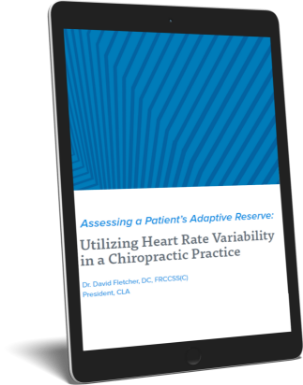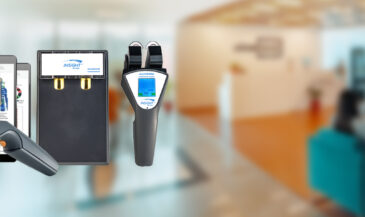I love the CORESCORE! It has made reporting and care planning so easy and effective in successful practices all around the world.
The #1 goal when starting a chiropractic relationship is to get the patient thinking about nerves and not spines. Easier said than done! That’s why the INSiGHT instantly became the hub of my practice. I laid out the details of this transformation in the Patient Life Cycle series that talked about how the INSiGHT attracted new families to our office, developed clinically relevant exams, moved the reporting message from Relief to Release and made care planning outcomes a reality. It brought our team together to deliver certainty that was centered around scanning and adjusting the NERVOUS SYSTEM, not only the spine.
If we are scanning the nervous system, then the reporting of our findings is focused on how well the nervous system is working to keep a person performing at their best. Nervous systems are complex in their design and control everything, Which is why scanning the nervous system requires the three-part CORESCORE exam using HRV, surface EMG and Thermography. You can catch up with that information here.
Scans make the invisible visible, but like Xray’s, if they aren’t interpreted and reported in a way that a patient understands them, they are confusing at best and terrifying at worst. Enter the CORESCORE. It’s a score on how efficient a nervous system is performing.
What do you think lowers an efficiency score in the nervous system? If you said STRESS or better yet DIS-STRESS you’d be spot on. As a Chiro, you KNOW that a vertebral subluxation is incredibly stressful! It’s caused by distress …and then causes its own distress. That’s what lowers a CORESCORE.
There is a good news story here. Adjusting vertebral subluxations raises the CORESCORE! This is why the CORESCORE made all the difference in streamlining my practice flow and attracted families. Everyone wants to know their “stress score” or more importantly if they are handling their life stress. It’s so simple to report a CORESCORE from the Initial Exam through Progress and comparative exams to Continuation and Wellness check ins.
The CORESCORE is like their Nervous System’s Report Card. The score is based on a 0-100 scale. Let’s face it, at zero they aren’t in your office! Sadly, many children and adults enter our offices with scores in the 60’s. That means that their nervous system is barely keeping up with all the daily stressors. A realistic goal for these clients with lower starting scores is to focus on getting them up to 80. That’s a great first tier that confirms massive improvement. To get there, they need lots of positive changes to move the needle towards 80% efficiency. That’s your department. You can initiate the change with your adjustments and trusted advice. Once they get to eighty, the fun really begins! Now you can move them towards wellness care that is focused on what it would take to get to 85-90. These are proven, realistic goals that can be achieved under your care!
When you use the CORESCORE sequence to track their progress, set goals, tweak their frequency of care and shift their perspective you become the most valuable asset in their health and wellness journey. Who wouldn’t want to get a scorecard for the rest of their lives telling them that they are making all the right decisions!




























































































